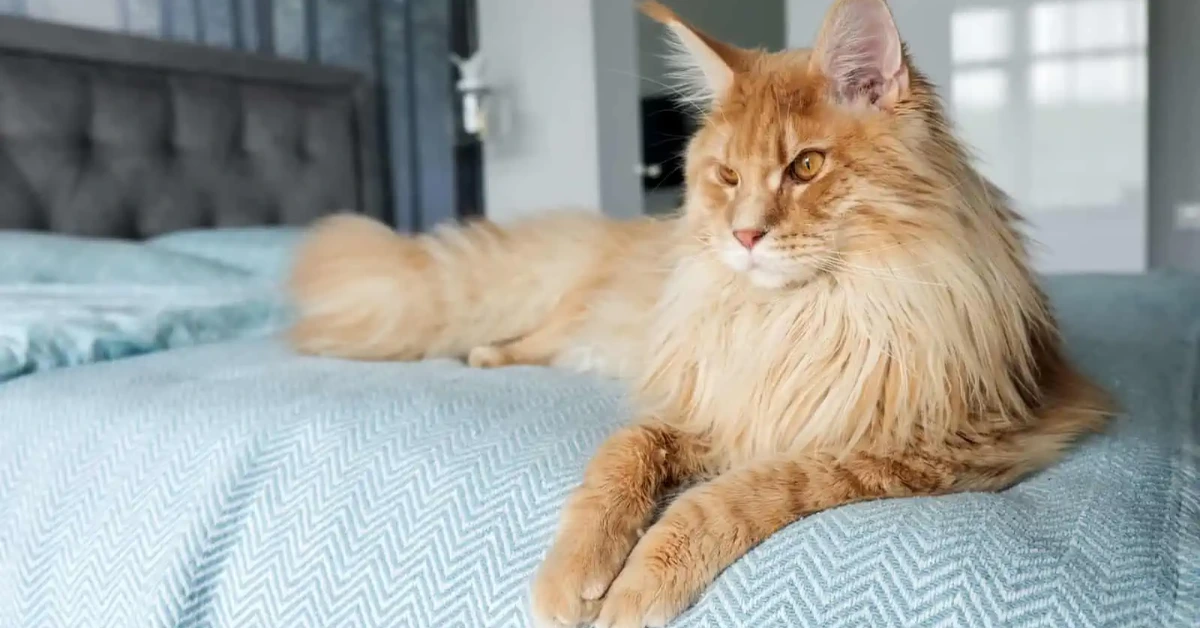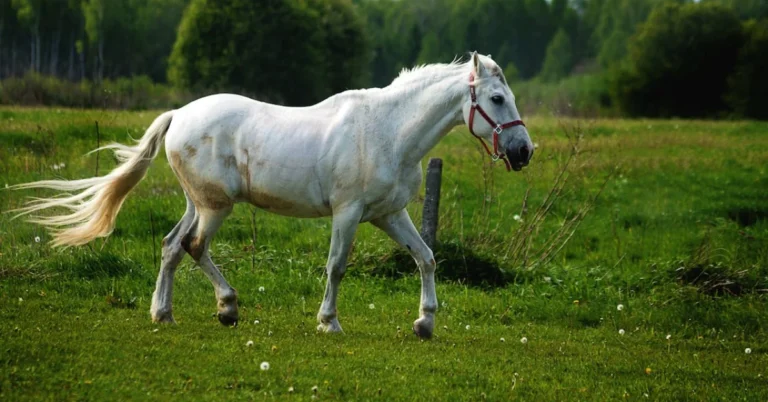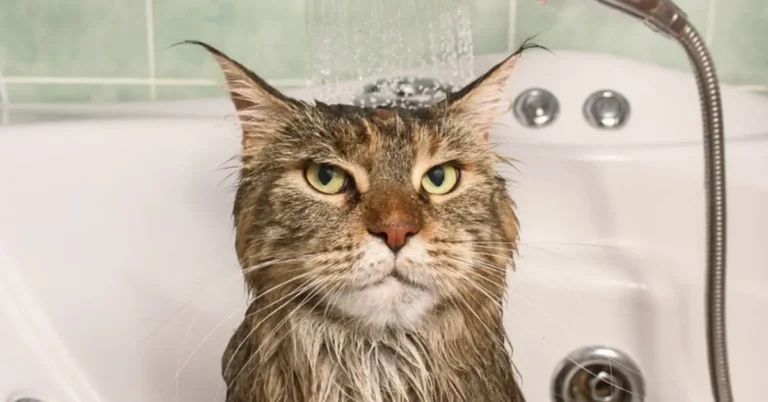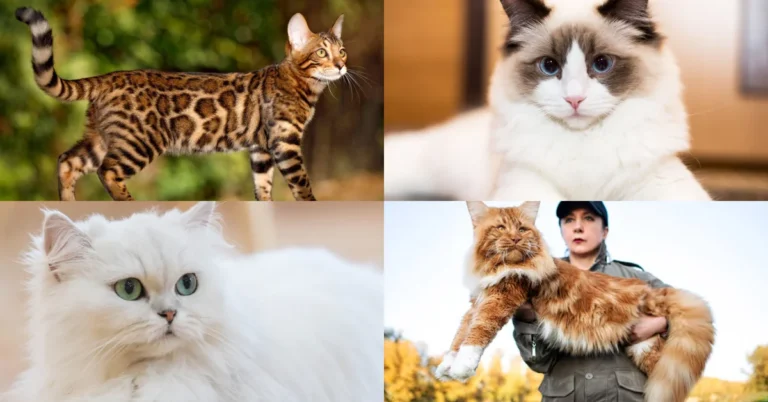As routines go, witnessing your cat bury their business in the litter box ranks pretty high up there for cat parents. But what happens when your feline companion doesn’t show up for their usual bathroom break? How long could they realistically go without peeing before you should worry?
To unravel the mysteries around healthy feline urination, we’ll explore factors like hydration, diet, age, and stress levels that influence peeing patterns. Equipped with this insight, you’ll be better able to support your cat’s needs while recognizing potential red flags for medical issues requiring veterinary attention.
So let’s traverse the intricate world of cat peeing to better understand what constitutes “normal” and when to sound the alarm if bathroom habits go awry.
Determining “Normal” Bathroom Frequency for Healthy Cats
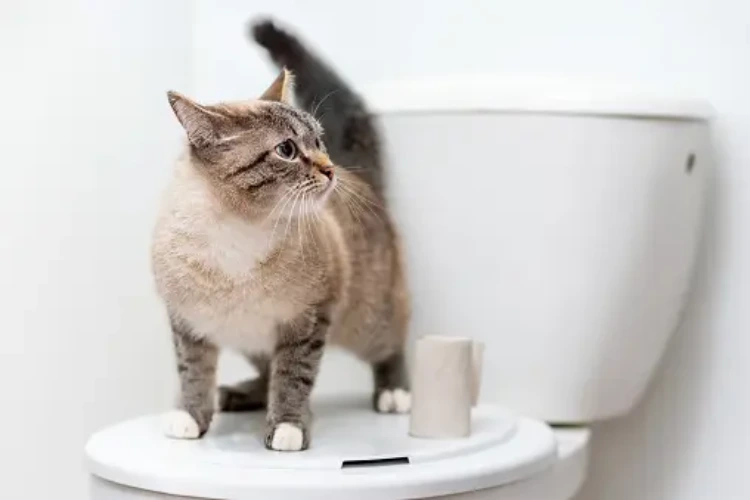
Like humans, every cat’s bodily functions follow unique rhythms. What’s “typically” normal for one might not precisely match another’s habits. However, overarching baselines do exist.
On average, most healthy adult cats pee between 2-4 times per day. Kittens under 6 months may go more frequently while seniors over 10 years old often visit the litter box more owing to diminished bladder capacity.
For adult cats, additional factors like diet, activity levels, hydration status, and environmental stress can all impact urination patterns, causing day-to-day fluctuations. But drastic deviations from the norm could signal underlying medical issues requiring veterinary inspection.
While observation and intuition help caretakers recognize their own cat’s customary peeing habits, retaining approximate benchmarks helps contextualize those individual quirks. Understanding average feline bladder function and capacity offers a crucial perspective.
Why Hydration Status Dictates Urinary Health
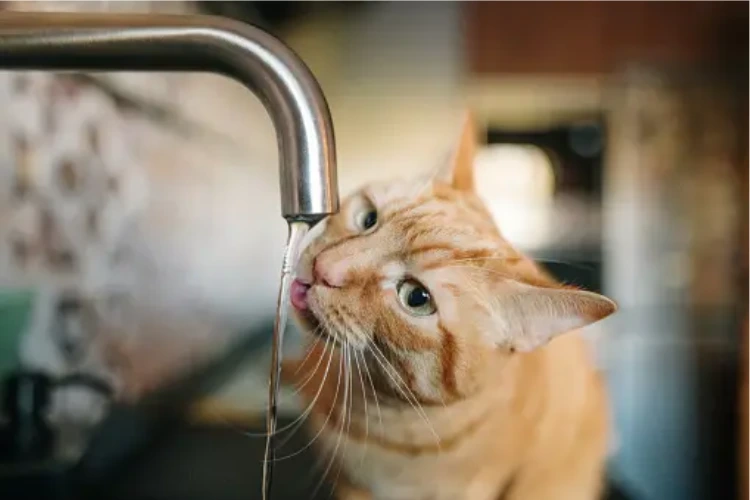
Ensuring adequate hydration represents the cornerstone for promoting healthy feline urination and kidney function. Water supports all bodily processes, including filtering waste products from the blood via urine production.
With kidneys working overtime to conserve water, cats evolved as desert dwellers obtaining much of their moisture needs from prey rather than drinking water directly. This self-contained hydration strategy persists in domestic cats.
Dry kibble diets only contain around 10% moisture versus the 70-80% water content of raw prey meat. Cats eating mostly kibble must therefore drink more water to compensate for the low dietary fluid intake.
In contrast, wet canned foods contain around 75% water, closer to a natural prey model diet while still offering balanced nutrition. Feeding wet food already supplies ample bodily fluids. Adding free access to clean, appealingly fresh drinking water should always accompany any diet though.
When adequately hydrated, cats produce dilute, pale yellow urine with minimal odor. Scant urine volume, dark or brownish urine color, and foul concentrated smell indicate inadequate hydration, requiring more fluid intake. Ensuring ample moisture every day enables healthy feline urinary function.
How Diet Influences Feline Urination
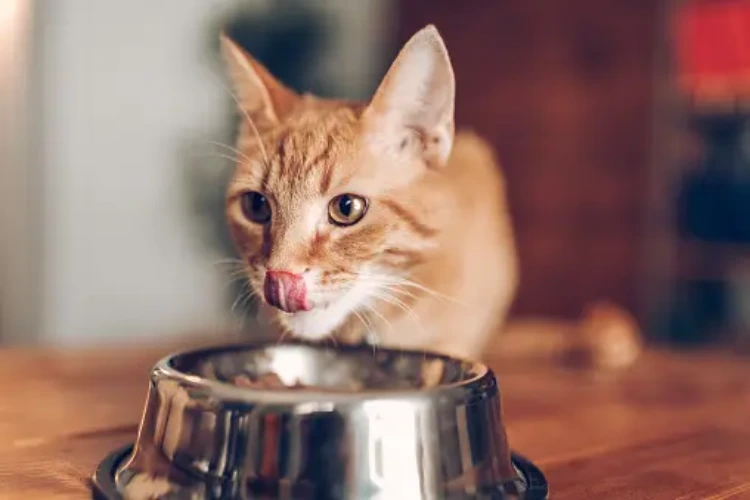
As obligate carnivores, cats thrive best on a richly protein-focused diet that mirrors nutrient profiles of whole prey rather than plant-heavy omnivore fare. Feeding inappropriate diets or excessive carbohydrates strains kidney function, eventually manifesting through urination changes.
Wet or raw diets with abundant animal protein and natural moisture promote ideal urinary health. Dry kibble often relies on carbohydrate fillers lacking key nutrients cats need. Lower protein content requires increased eating to meet daily metabolizable energy requirements. Over time, consuming more dry food overworks kidneys eliminating higher volumes of resulting waste products.
This chronic strain changes urine pH, concentrates particulate minerals into crystals or stones, and accumulates metabolites that damage kidney structures. Left unaddressed through diet improvements, these shifts lead to bloody, difficult urination, inappropriate peeing outside the litter box, and eventual kidney failure.
Thankfully, dietary adjustments can minimize urinary complications. Shifting cats to wet food boosts moisture intake. Limiting or avoiding dry kibble reduces the workload on filtering kidneys. Adding sufficient clean drinking water further supports healthy peeing ability.
How Age and Medical Conditions Affect Feline Urinary Habits
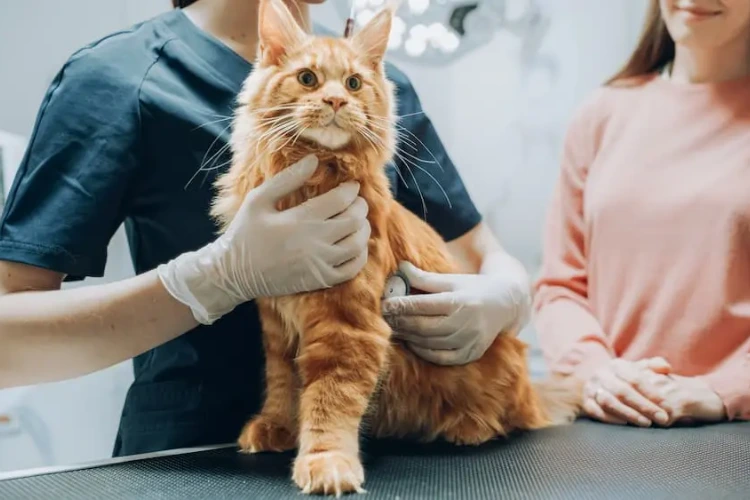
Regardless of diet and hydration, age and illness still influence urinary function. Like humans, young kittens and senior cats urinate more frequently but in smaller volumes. Kittens lack full bladder capacity that develops by 6 months old. Meanwhile, seniors gradually lose former urine storage capability as tissue elasticity fades.
Underlying medical conditions can also generate excessive peeing, difficulty peeing, bloody urine, or inappropriate bathroom accidents. Diabetes causing extreme thirst and urination often first appears around age 7. Kidney and thyroid disease may also arise as cats mature, negatively impacting waste filtration and elimination.
Meanwhile, gastrointestinal upsets make hurried bathroom dashes urgent. Feline lower urinary tract disease (FLUTD) covers an array of bacterial infections plus urethral plugs and stones causing painful, difficult urination and bloody pee. Left untreated, FLUTD can even progress to fatal kidney failure.
Veterinarians can pinpoint causes through diagnostic testing, and then outline appropriate treatment plans targeting root issues for long-term resolution. In many cases, medications, supplements, or prescription urinary care diets help manage chronic conditions when caught early.
How Environmental Stressors Influence Feline Peeing Habits
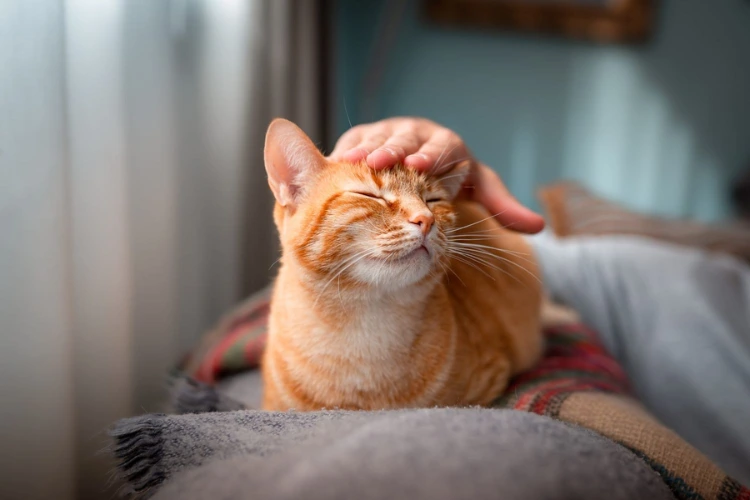
Urinary output doesn’t just hinge on physical health. Emotional upheavals and environmental stress also disrupt normal cat bathroom behaviors like consistently using the litter box.
Introducing a new family member, moving homes, traveling, loud noises, construction projects and olfactory assaults from strong cleaners or perfumes can provoke anxiety. Some cats exhibit stress through inappropriate peeing outside the litter box or marking new items with a stench of familiarity.
Likewise, introducing new cats should always follow slow acclimation through separated spaces to avoid territorial disputes. Insufficient litter boxes for the household cat population invites conflicts. Dirty, uncovered, or poorly positioned boxes deter bathroom usage altogether in favor of rug retaliation.
Providing ample roomy litter boxes – one per cat plus an extra – in multiple quiet locations with favored litter substrates keeps the peace. Shield boxes from dogs and small children who may interrupt cat peeing. Limiting environmental chaos, maintaining consistent routines, and dedicating individual affection eases worries. Aiming to understand our cats’ perspectives allows cutting them stress slack so peeing can peacefully proceed.
Warning Signs of Feline Urinary Troubles
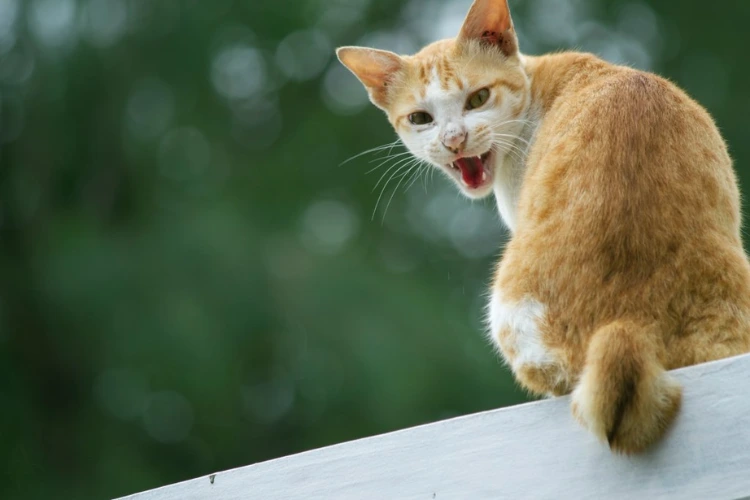
So when should you panic over delayed or diminished cat peeing? As a general guideline, healthy cats can go 12-24 hours without urinating before concern sets in, although medical literature offers no definitive consensus. Expressing urine after longer than 24 hours away often suggests an underlying issue.
Likewise, signs of difficult urination require rapid response. Cats assume the peeing position and then give up. They strain excessively before releasing just a few drops of bloody or no urine at all. They howl piercingly while peeing then frantically overgroom their genitals after finally finishing.
Additional red flags include sudden litter box avoidance, peeing immense volumes that exceed normal output, foul-smelling or oddly colored urine, and inappropriate bathroom accidents. Any deviation from regular feline peeing patterns accompanied by discomfort or blood warrants immediate veterinary inspection to determine underlying causes and necessary treatment.
Supporting Healthy Feline Peeing Habits at Home
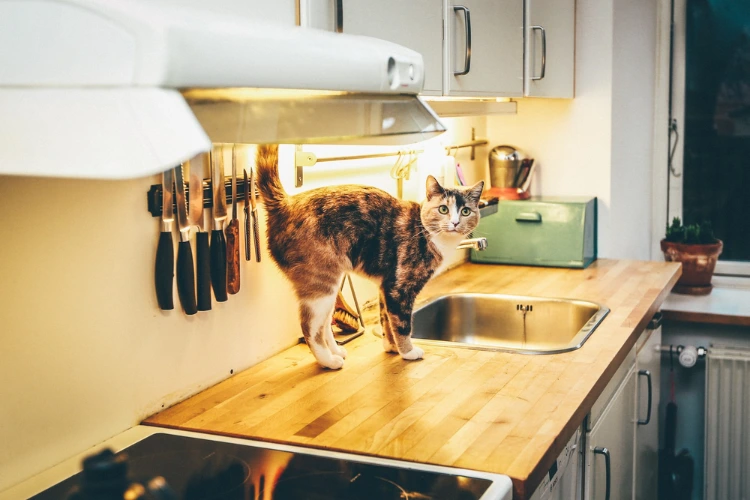
While certain health factors affecting cats extend beyond our control, cat parents can take proactive steps to nourish urinary health through environmental modifications.
Supplying abundant easily accessed water bowls keeps cats well hydrated. Placing water bowls far from food prevents contamination. Adding water fountains or novel water delivery methods entices drinking.
Feeding primarily wet food gives cats more moisture. Limiting or eliminating dry kibble reduces kidney strains. Adding feline green leafy veggies like baby spinach further boosts hydration.
Providing roomy, clean litter boxes in multiple low-traffic locations with cats’ preferred litter substrate makes peeing more inviting. Scoop clumps a minimum of twice daily. Replace litter weekly.
Diffusing calming cat pheromones, offering places for vertical and hiding access when chaos strikes, and setting aside individual human-cat playtime gives cats outlets to ease stress rather than internalizing with litter box protests.
Remaining alert to subtle shifts in cat health allows early veterinary intervention if troubles arise. Annual exams catch early warning signs like weight loss and early-stage kidney issues. Monthly at-home checks noting appetite, activity levels, and pee habits monitor health between vet visits.
Understanding healthy baselines for your cat’s bathroom frequency and output volume helps better assess when something feels “off” with your furry friend’s peeing patterns. Gradual changes may take time to recognize in another species. But astute observations and swift responses when abnormalities appear to give cats the best chance at treatment and comfort.
The Intimate Dance of Feline Urination
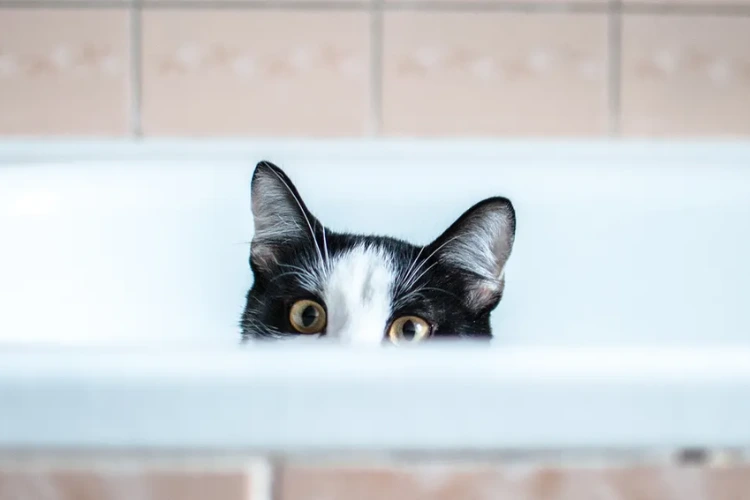
For caretakers in tune with the graceful rhythms of shared existence with cats, witnessing their feline friend performing their elimination dance represents far more than a routine event. It’s a silent status update on well-being – evidence of adequate hydration, functional kidneys efficiently filtering blood, and a bladder safely storing urine until the proper peeing place appears.
Each squat and bury maneuver also carries deeper meaning about environmental security, stress levels, physical health, and emotional state. Changes in peeing patterns provide clues to investigate, whether hinting at evolving medical needs or conflict with another pet.
Even the carefree post-pee foot-shaking fling as a cat skips away lightened by their bladder release reveals cats finding moments of play and delight amid the routine.
Meanwhile understanding normal feline elimination equips caretakers to recognize early warning signs of illness and take timely action. Monitoring urine color, volume, frequency, and odor during annual wellness exams and through everyday litter box maintenance allows veterinarians and attentive cat parents to address potential health issues in the initial stages before they become dire.
Something as fundamental as feline peeing offers a window into the status of graceful companions who rarely vocalize overtly when troubles arise internally. By tuning into their subtle physical and behavioral communications around bladder relief and release, the attentive cat lover witnesses a silent dance rich with insight into feline health and wellness.
Our job becomes supporting the prerequisites of ample hydration, stress minimization, and proper nutrition to help cats’ bodies function optimally. Maintaining meticulously clean litter boxes in preferred locations honors feline preferences for places to comfortably pee.
Armed with awareness of a cat’s usual urination habits, we more readily notice deviations from normal baselines hinting at discomfort or illness needing veterinary investigation to pinpoint solutions. We can only detect bladder abnormalities and preserve feline quality of life by embracing vigilance and understanding.
The Warm Invitation of Furry Cuddle Therapy
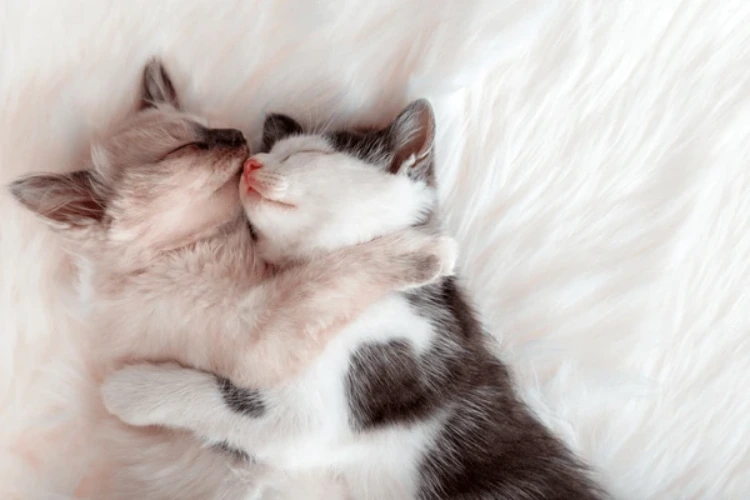
Beyond the medical implications, consider too the vulnerable intimacy inherent in cats peeing freely in our presence. These finicky creatures carefully consider scent, vicinity noise, cleanliness, and privacy factors when selecting suitable bathroom locations.
Witnessing this eliminatory act carries the privilege of gaining a cat’s utmost trust. They expose themselves entirely during squatting and burying movements as nepeta-scented nuggets release in rhythmic succession amid hunched grunts.
Only ensconced in absolute comfort and security would most cats perform this ritual with humans present. That they not only allow us to observe their bathroom habits but often insist we remain nearby purring our praise through head scratches speaks to the uniquely profound bond forged between species.
So in your next encounter awaiting the tail lift circling, the satisfying sprinkle cascade, and the contented strut toward burying… see beyond the obvious. Appreciate the significance of being chosen as a peeing witness.
Let it reaffirm the depth of trust and vulnerability this little creature places in you for their wellbeing. Then as tiny paws rake through granules to cover their contribution, recognize how cats balance hygiene with cunning communication via these smelly salutations.
Every cat’s elimination also carries a message – of confidence and ownership when properly deposited amid familiar and favored scent cues. Our sign of abiding alliance becomes keeping their litter palace pristine. In doing so, we honor the sensitive rituals our enigmatic furry roommates rely upon for both solace and broadcasting identity in their realm.
Final Thoughts
Soon enough your patient poop sentinel will resurface from trenches and OpenGL tail tickling invitation your way. Heed the siren’s call to provide affectionate praise for peeing politely. Sink fingers into soft fur stirring hearty purr engines while conveying human gratitude for your cat including you in their bathroom break between adventures in nap domination.
Cherish the vulnerability, trust, resilience, and resourcefulness of such an independent yet loyal creature who sees fit to pee in your presence. Becoming a cat’s chosen latrine lurker marks the pinnacle of interspecies acceptance: watering holes are now safely shared.

